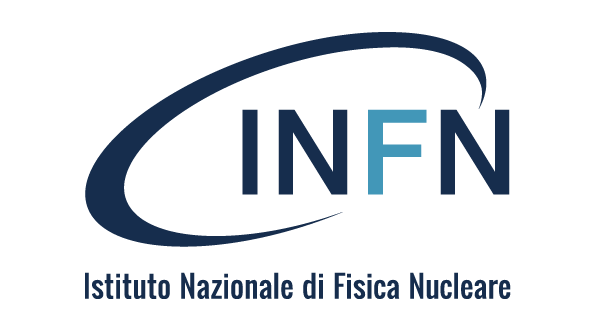PEOPLE
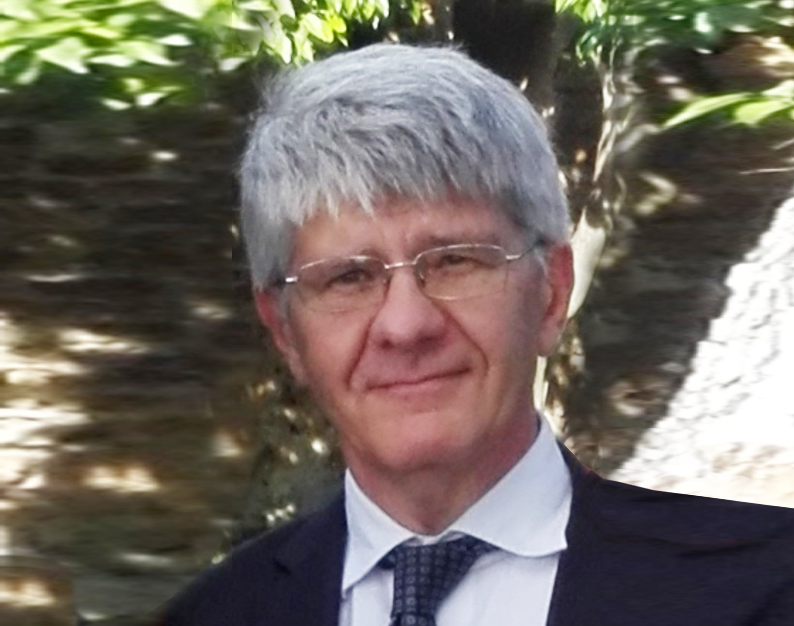
FRASCATI NATIONAL LABORATORIES: FROM HIGH ENERGY PHYSICS TO INTERDISCIPLINARY RESEARCH
Interview with Fabio Bossi, newly elected director of Frascati National Laboratories and former director of the INFN division in Lecce.
The Frascati National Laboratories (LNF) complex is the first, in terms of size and age, of the four INFN National Laboratories. It has taken on the role of forerunner in particle collider research worldwide since its inception, with the pioneering Ada and Adone, also sowing the seeds for the development of the large colliders at CERN in Geneva, which saw the laying of the foundation stone in the same years. Since 2000, LNF has hosted DAFNE, the collider, still operating, that holds the world record for low energy instantaneous brightness.
The technical and scientific expertise of the LNF in the field of accelerators is unique in Italy and competitive in Europe. Thanks to the broad spectrum of expertise put in place to pursue fundamental physics objectives, activities complementary to research in high energy physics have grown, including the study of condensed matter, the study of new detectors, medical and space applications, radiation dosimetry and environmental control, computer network management and the construction of advanced computing centres. A vital part of the Laboratories is the the SPARC free-electron laser, built in collaboration with ENEA and CNR, and the very high-power FLAME laser for the study of innovative particle acceleration techniques.
Fabio Bossi, former director of the INFN division in Lecce, has been appointed as the new director of the Frascati National Laboratories, taking over from Pierluigi Campana who has managed the structure since 2015 and who, at the beginning of 2020, was appointed as a supervisory member of the Ministry of Education, Universities and Research, on the INFN Executive Board.
Fabio Bossi, from Rome, is an elementary particle experimental physicist. He has worked at CERN and LNF on electron-positron collision experiments. He has also been involved in precision measurements of the Standard Model, flavour physics and light dark matter research. He was head of the KLOE-2 collaboration at the LNF Dafne accelerator and head of the Research Division of the Laboratories themselves. We asked him, as the newly appointed director, to tell us how he sees the LNF in the near future.
How does it feel to move from managing the INFN division in Lecce to managing the largest of the INFN laboratories? Beyond the human aspect, which was extraordinary, the four-year period in Lecce was an excellent training ground for me to understand many aspects of the management of the Institute that I only partially knew. Certainly, the big step towards LNF is a great challenge not only because of the size of the structure, but also because running a National Laboratory also means ...
NEWS
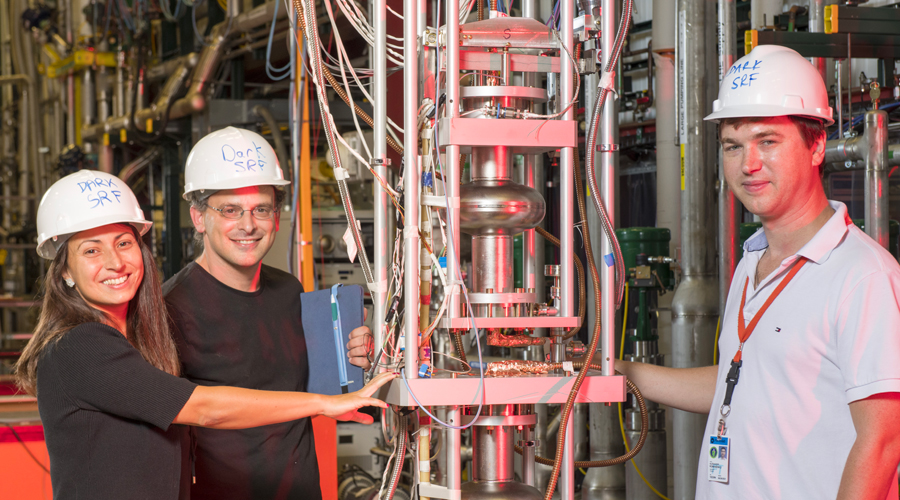
RESEARCH
INFN IN THE $115 MILLION US QUANTUM COMPUTING PROJECT
The funding allocated by the U.S. Department of Energy (DOE) to the Superconducting Quantum Materials and Systems Center (SQMS), at the Fermi National Accelerator Laboratory (Fermilab) in Chicago, amounts to $115 million. Headed by Anna Grassellino, researcher who took her first steps at INFN, SQMS will have the task of developing a revolutionary quantum computer based on superconducting technologies. ...
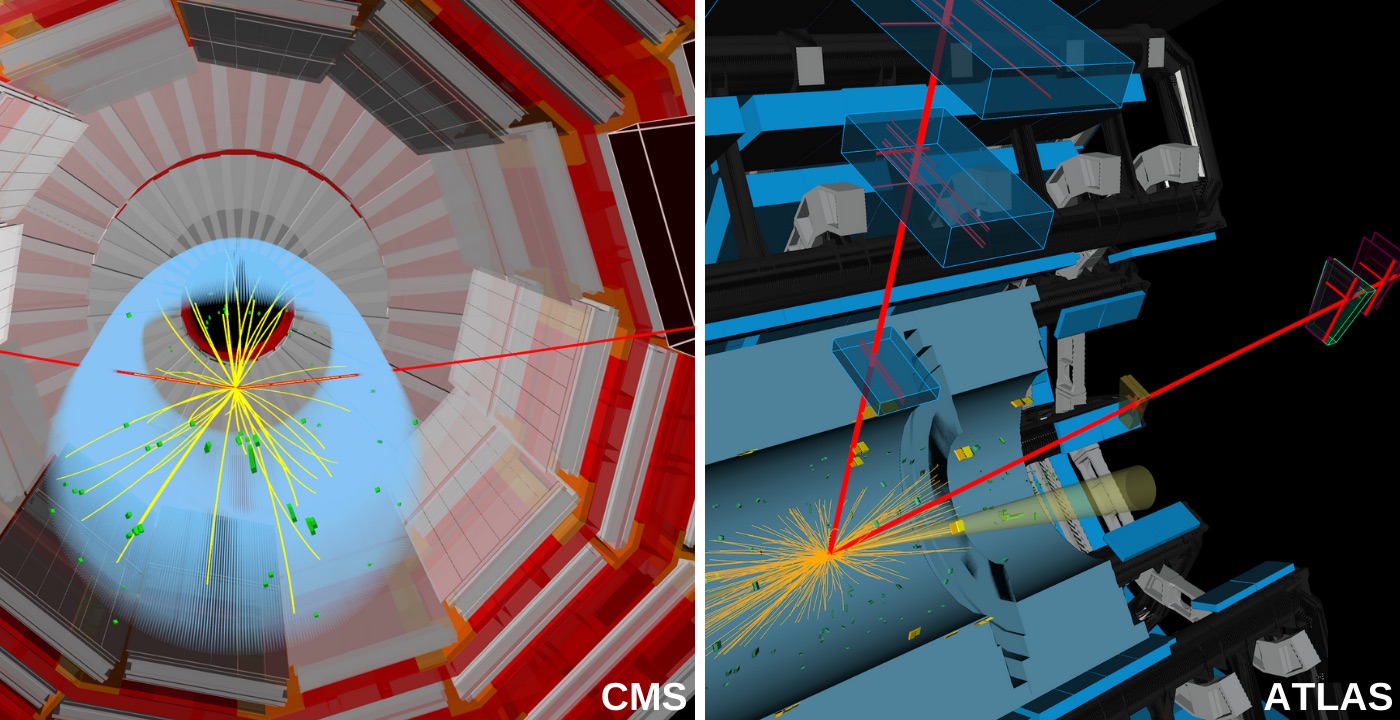
RESEARCH
CMS AND ATLAS HAVE ANNOUNCED NEW RESULTS ON THE HIGGS BOSON’S PROPERTIES
CERN’s CMS and ATLAS experiments have announced new results indicating that the Higgs boson decays into two muons: second generation elementary particles, similar to electrons but heavier. The work was presented at the International High Energy Physics Conference ICHEP 2020. Following the discovery of the Higgs boson, announced at CERN in 2012, physicists have studied this particle, generated in the collisions of the LHC ...
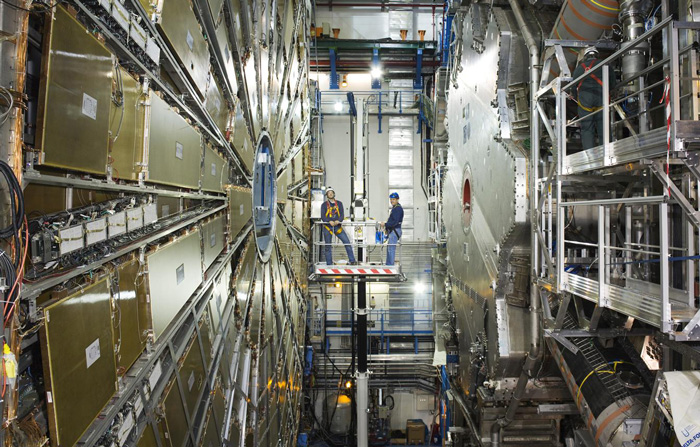
RESEARCH
ATLAS HAS OBSERVED A RARE PHENOMENON WITH PROMISING DEVELOPMENTS FOR THE FUTURE OF LHC
At the beginning of August, at the international high-energy physics conference ICHEP 2020 - held in virtual form from Prague - CERN's ATLAS scientific collaboration presented new results that pave the way for a new way of using the LHC accelerator as a high-energy photon collider. The experiment announced the first observation of photon-induced production of a pair of W bosons, weak force mediating particles. This is the observation of a very rare phenomenon in which the two photons interact with each other to produce two W bosons of opposite electrical charge, through the direct interaction of four mediators of two different forces, ...
FOCUS
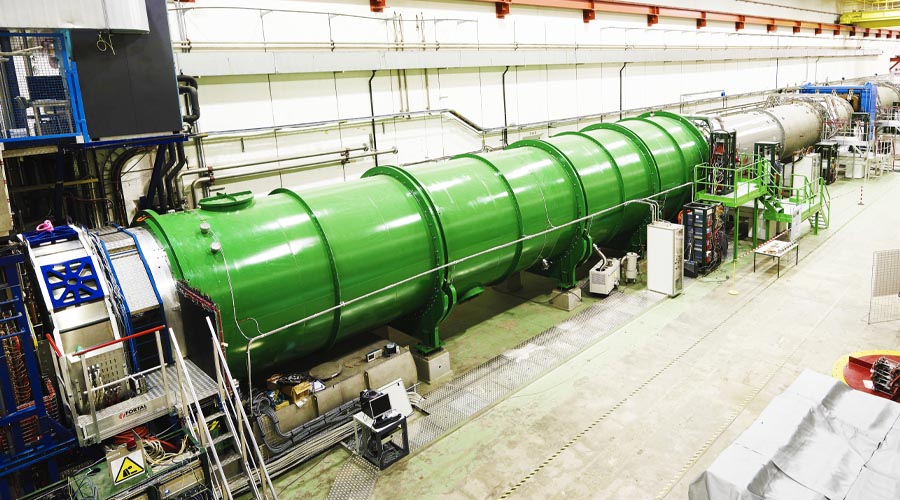 NA62 EXPERIMENT AT CERN TACKLES A VERY RARE PROCESS
NA62 EXPERIMENT AT CERN TACKLES A VERY RARE PROCESS
A very rare process has been observed with an excellent level of statistical confidence and with unprecedented accuracy by the NA62 experiment at CERN. We are speaking of a particle decay that sees a charged kaon turning into a charged pion with a neutrino and an antineutrino. The new results were presented on July 28 during the International Conference on High Energy Physics 2020 (ICHEP 2020) by the collaboration of researchers working on the experiment, which includes INFN physicists and technologists. The detailed study of this process could allow us to find signs of New Physics, that’s the physics that we do not yet know and that could extend our current theories. Indeed, the objective of NA62 is to find in this process something not foreseen by the Standard Model, the theory that today gives us the best description of the world of elementary particles and their interactions. NA62 is an experiment consisting of several particle detectors using a proton beam extracted from CERN’s Super Proton Synchrotron (SPS) accelerator. ...
INFORMATION AND CONTACT
Images
Cover: Quantum laboratory at Fermilab. © Fermilab
Download the newsletter in pdf format
ENGLISH VERSION | ITALIAN VERSION
INFN - COMMUNICATIONS OFFICE
comunicazione@presid.infn.it
+39 06 6868162
EDITORIAL BOARD
Coordination:
Francesca Scianitti
Project and contents:
Eleonora Cossi, Francesca Mazzotta, Francesca Scianitti, Antonella Varaschin
Graphic design:
Francesca Cuicchio
Translation
ALLtrad
ICT service:
Servizio Infrastrutture e Servizi Informatici Nazionali INFN
